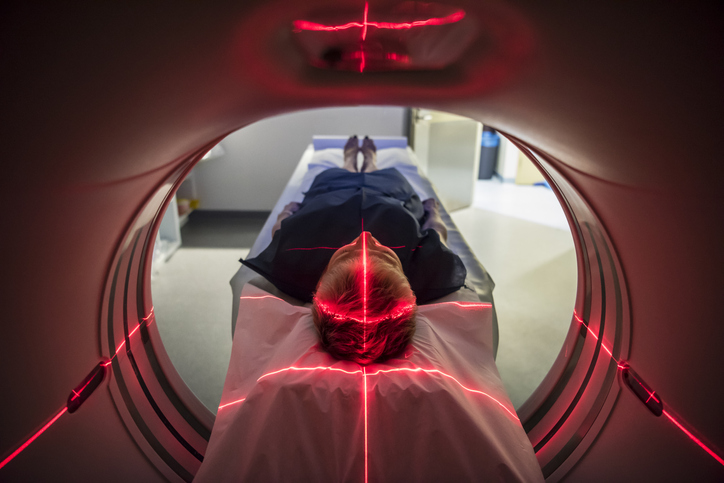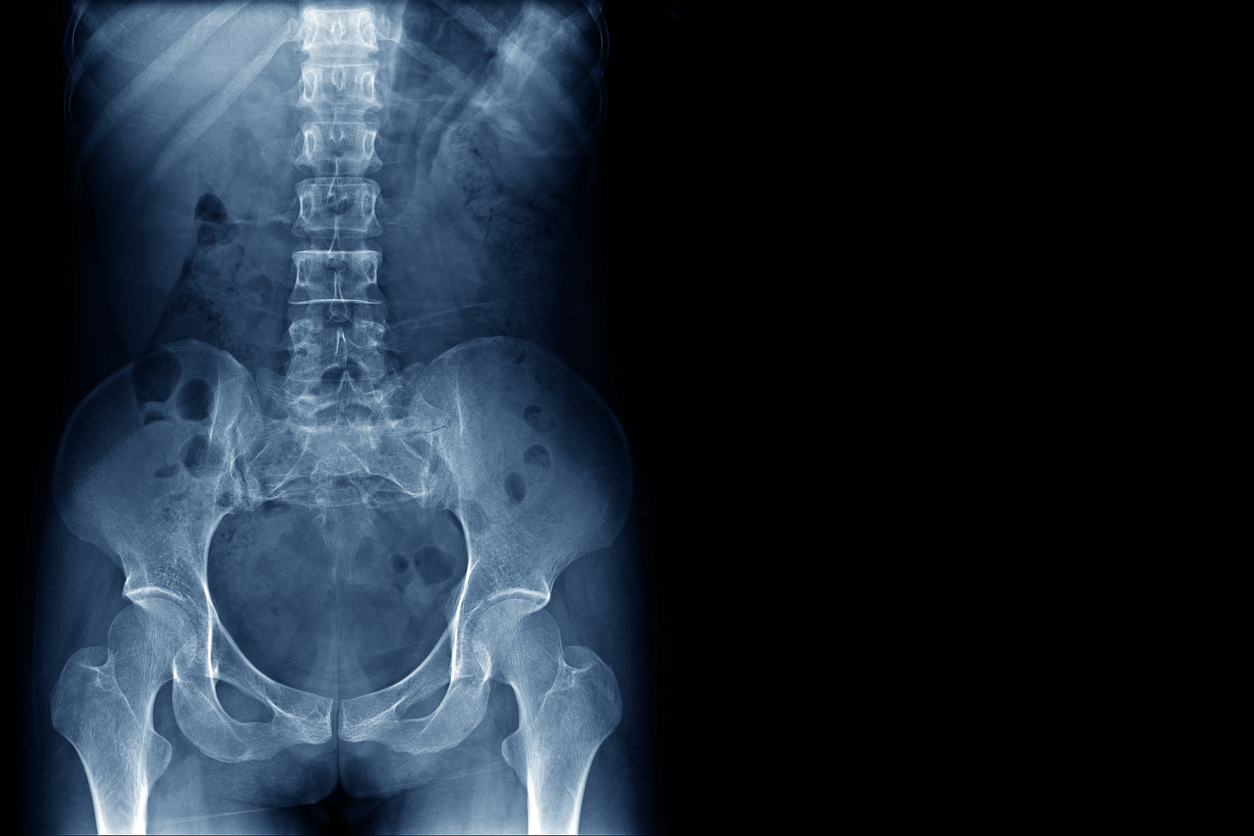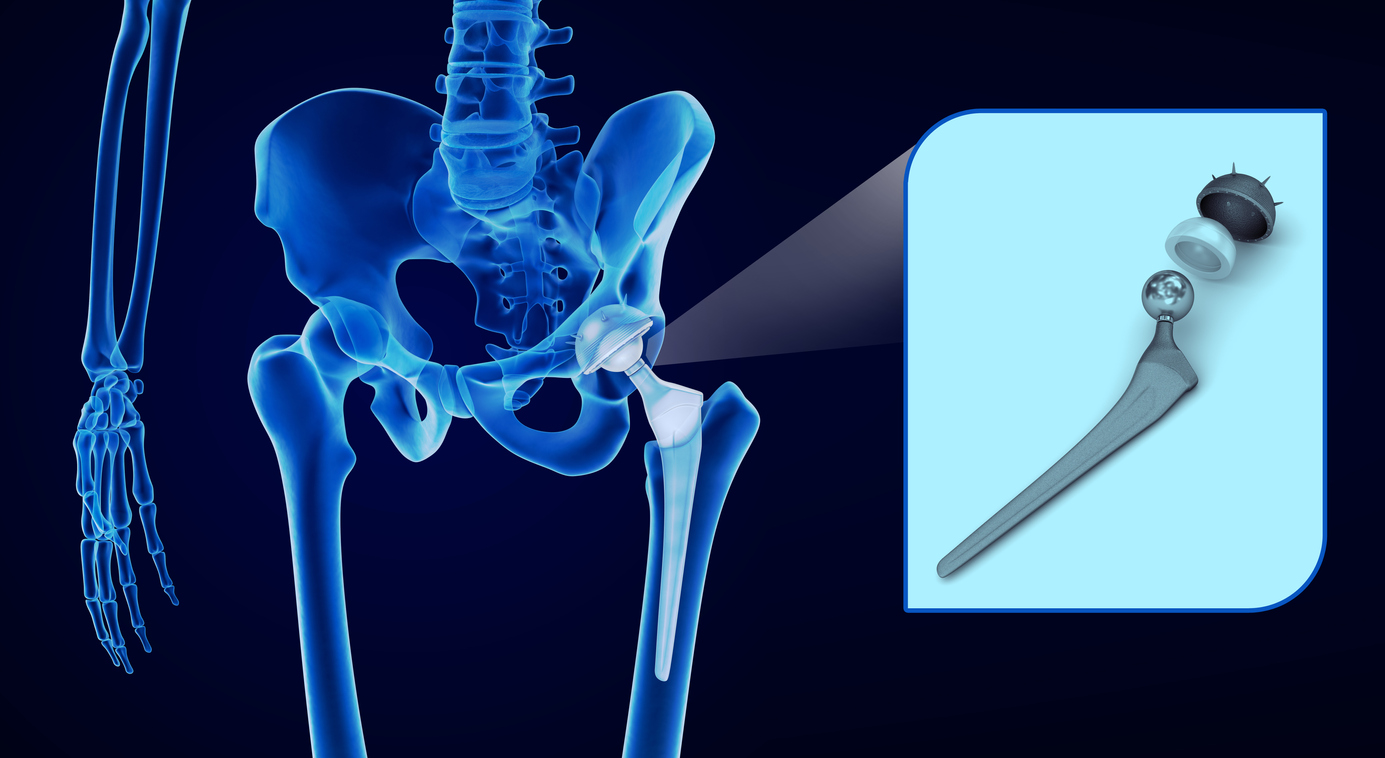Treatments
Levels of Sedation for Surgical Procedures

What is the difference between sedation and general anesthesia?
Surgical procedures generally require some type of sedation. Medical sedation, or monitored anesthesia care (MAC), involves the administration of a sedative drug in a medical setting. Sedation depresses the central nervous system, which induces a state of sleepiness, calmness, and relaxation. General anesthesia (GA) involves a complete loss of consciousness; it also induces amnesia (unable to remember what happened), analgesia (unarousable to painful stimuli), and temporary muscle paralysis.
Levels of sedation
The level and type of sedation is individualized and dependent on the type of surgery. Monitored anesthesia care is categorized into three levels: minimal sedation, moderate sedation, and deep sedation. General anesthesia is a category of its own.
- Minimal sedation or anxiolysis
During minimal sedation, an individual is relaxed but can respond to verbal commands. Airway reflexes, cardiovascular function, and ventilation (movement of air into and out of the lungs) are unaffected, requiring no assistance. - Moderate sedation/analgesia
Also referred to as conscious sedation or twilight sedation, an individual under moderate sedation can respond to verbal commands and touch; however, the level of consciousness is depressed. Breathing is usually unaltered and ventilation is normally adequate with no support needed. Cardiovascular function is typically unaffected. - Deep sedation/analgesia
During deep sedation, an individual responds only to a repeated or painful stimulus. Deep sedation differs from general anesthesia; with deep sedation, respiratory support is not typically needed, and the body is not chemically paralyzed. Deep sedation requires close monitoring to ensure vital signs remain stable throughout the procedure. If airway reflexes become impaired, respiratory support may be needed. Cardiovascular function is typically maintained.
General anesthesia
Under general anesthesia, an individual is completely unconscious and does not respond to sensations, including painful stimulation. Airway intervention is generally needed. Spontaneous ventilation is depressed, and breathing requires assistance from a ventilator to maintain oxygen levels. Additionally, cardiovascular function can be compromised. No memory of the event is retained.
Additional sources: American Society of Anesthesiologists, Verywell Health
















